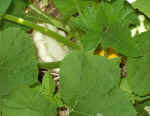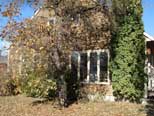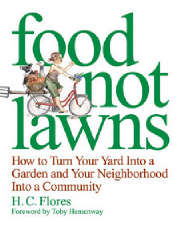|
MSc in Integrative Ecosocial Design |
 |
 |

Richard Kühnel |
|||
| |||||||||||||||||||||||||||
| next page >>> | ||||
|
Navigation Resources Bibliography Photos Drawings Appendix Journal Forum Presentation Resume Portfolio Help | Analysis & Design Overview For this output I changed to some degree the way I was creating it. During the time from when delivering the survey until the delivery of the analysis and design portion of my work in the MSc IESD program with Gaia University, I produced several documents, spreadsheets and drawings, kept a journal, investigated and used new software and started also already with implementation. I documented some of it ongoing in my portfolio hosted at the Gaia University E-Learning system, not as much as I originally had intended to. RemarksAs during the survey phase, some of the plans for this phase, as depicted in the design mind map (please see HELP before accessing this document or download the mind map file for viewing it with FreeMind) or within portions of this report, will actually not be realized. It became quite clear that re-shaping our home and yard into a practical example of urban residential sustainable living, as described in the project definition and the survey in general, will be a process of several years. This phase is also overlapping with the implementation phase. For example, due to the start of the growing season, we started working on our garden.  Topic Summary
Topic Summary
Scope, the first part, talks about the challenges to read and digest all the various materials in regards to the outputs for this program. This is followed by reviewing the project definition, identifying the chosen design framework, the major design phase outcomes and areas of concentration. The title of the book "food not lawns" by Heather Coburn Flores, who lives an exemplary live of sustainability, summarizes the intention of this project well. The Economy section gives details about the financial planning, so often under-represented in permaculture design. The general strategy and how to be prepared for future economic challenges are followed by financial details. A whole paragraph describes our efforts and the benefits of working out of our home. This is followed by ideas of creating additional income and my plans to move into a new career. The Community portion first looks at the meaning of the term "Social Equity" and then describes three practical applications I plan to implement. The Ecology page discusses the design approach and describes what design tools were used. The Results give details on outcomes or provide links, including step by step explanations of how the project plan was created, about the budget plan, property photos and design drawings. The Review reflects about the process of preparing this output, its implementation and other project related topics. A link to the filled in self-evaluation and a brief outlook for the next steps are provided. | |||
| next page >>> | ||||
|
Copyright © 2002 - 2011 Richard Kuhnel
|